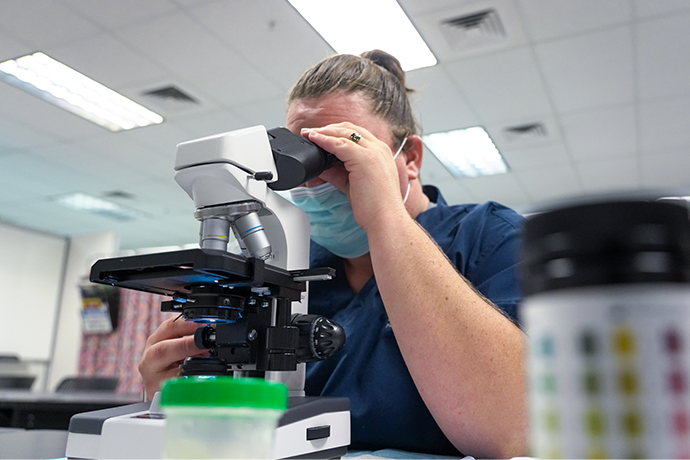Career and Technical Education – It’s a Whole New Day in CAAS
By Gary Straquadine | August 26, 2021


It was no accident or spontaneous coincidence that the College of Agriculture has innovated to include Applied Science in name, learning mission, and program design. The college’s expanded transformation embraces career and technical education (CTE) to meet workforce needs, provide inclusive access, and impact economic development in Utah, especially rural communities. In the past two decades, secondary-level public education has wrestled with headline-grabbing debates about the Common Core and No Child Left Behind legislation. Simmering slowly but advancing with subtle leadership at the local, state, and federal levels, CTE has been intensifying in the public schools, including post-secondary institutions.
Some will argue that the growth of CTE reflects the advent of something new, while others, old timers like me, see it as the reformation of 1960-70s vocational education. Growth is happening with a 22% increase in student enrollment in the past 10 years (American Enterprise Institute Report*). And in the political arena, CTE was the single education issue supported by a majority of gubernatorial candidates in 2018 (American Enterprise Institute Report). Regardless of the labels used to categorize academic training for workforce success, the emphasis on technical education is well placed in the College of Agriculture and Applied Sciences.
Today’s CTE, as organized and led in the College of Agriculture and Applied Sciences, has improved beyond the one-dimensional routes to only low-tech work of the past. CTE is high tech and an essential part of secondary and post-secondary’s opportunities for college and career-ready students. In Utah, CTE pathways are well charted for high school students seeking career stability but who also want to continue their education. The concept of “stackability” has taken hold at USU as students can complete business and industry-regulated credentials or licensures that can be then be applied to earning associate or bachelor’s degrees, if and when they seek further education. Seamless transitions for continuing education have opened a new pipeline of career-focused learners who know that the key to success is life-long learning.
Recently, school leaders and state higher education visionaries launched the next generation of career and technical initiatives that prepare students for expanding workforce needs at the “less than a baccalaureate” level. USU and the College of Agriculture and Applied Sciences has reinvented technical education the past two years with more than 25 certificate programs – many unique to rural Utah, the home court for Utah State University. Innovative programs to meet local workforce needs have revitalized many non-Wasatch Front communities with bottomless academic training while expanding educational options with greater access, affordability, and placement in high-demand, highwage careers.
Career and Technical Education programs in the College of Agriculture and Applied Sciences bring a new dimension to Aggie teaching, learning, and life.